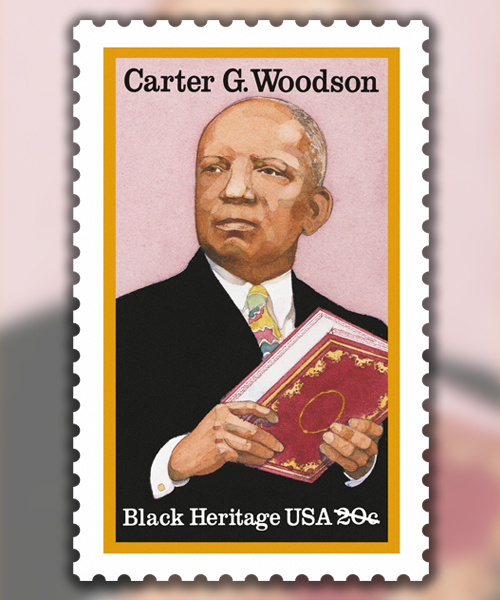African American History Month begins Monday, Feb. 1. Here are five facts about the annual commemoration:
1. Carter G. Woodson helped create African American History Month. In the early 20th century, Woodson, a Black scholar, had a then-radical notion: that the history of the African diaspora was a fascinating and important subject worthy of study. To that end, this son of formerly enslaved parents — and only the second African American to receive a doctorate degree from Harvard University, after Frederick Douglass — helped found in 1915 what is now known as the Association for the Study of African American Life and History. Eleven years later, he led an effort to observe what was called “Negro History Week,” timed to coincide with the birthdays of both Douglass (Feb. 14) and Abraham Lincoln (Feb. 12).
2. Kent State University students helped expand the commemoration. In 1969, members of Black United Students at Kent State University in Ohio decided to observe not just a week but a month of African American history and culture. Support from faculty and the community was enthusiastic. The students proposed a monthlong celebration to the dean of student affairs but went ahead and scheduled events without waiting for an official blessing. The next year, the month was on the university’s calendar. Other groups took the idea and ran with it.
3. President Gerald Ford helped raise Black History Month’s profile. In 1976, Ford urged Americans to mark the nation’s bicentennial by honoring “the too-often neglected accomplishments of Black Americans in every area of endeavor throughout our history.” It was the 50th anniversary of Woodson’s first Black history week. Every year since then, the president issues a proclamation announcing the month’s specific theme, which is chosen by Woodson’s Association for the Study of African American Life and History. The theme for 2021 is “The Black Family: Representation, Identity and Diversity.”
4. Some nations observe African American history later in the year. The United Kingdom, Ireland and the Netherlands also observe Black History Month — but in October, not February. October was chosen for the first U.K. observance in 1987 to coincide with a London visit by Maulana Karenga, the founder of Kwanzaa; because that month is traditionally a time of harvest and peacemaking among African leaders; and because it is the start of the school year, among a host of reasons. Ireland and the Netherlands — where it is known as Black Achievement Month — followed suit. (Canada, the only other nation to observe the month, does so in February.)
5. Celebrating Black history continues to evolve. In 2015, the Movement for Black Lives, an umbrella consortium of more than 50 groups, tweaked the concept by joining a “Black Futures Month” to February’s history observance. African Americans are urged to “visualize the world we need and want” and “imagine the building blocks of a society where we affirm our right to thrive.”
6. African American and postal history are closely linked. Many African Americans found work in urban Post Offices at the beginning of the 20th century, helping to build a foundation for the black middle class. Today, about 27 percent of the Postal Service’s workforce is African American. The organization also contributes to African American history through its long-running Black Heritage stamp series, which will honor playwright August Wilson this year.
